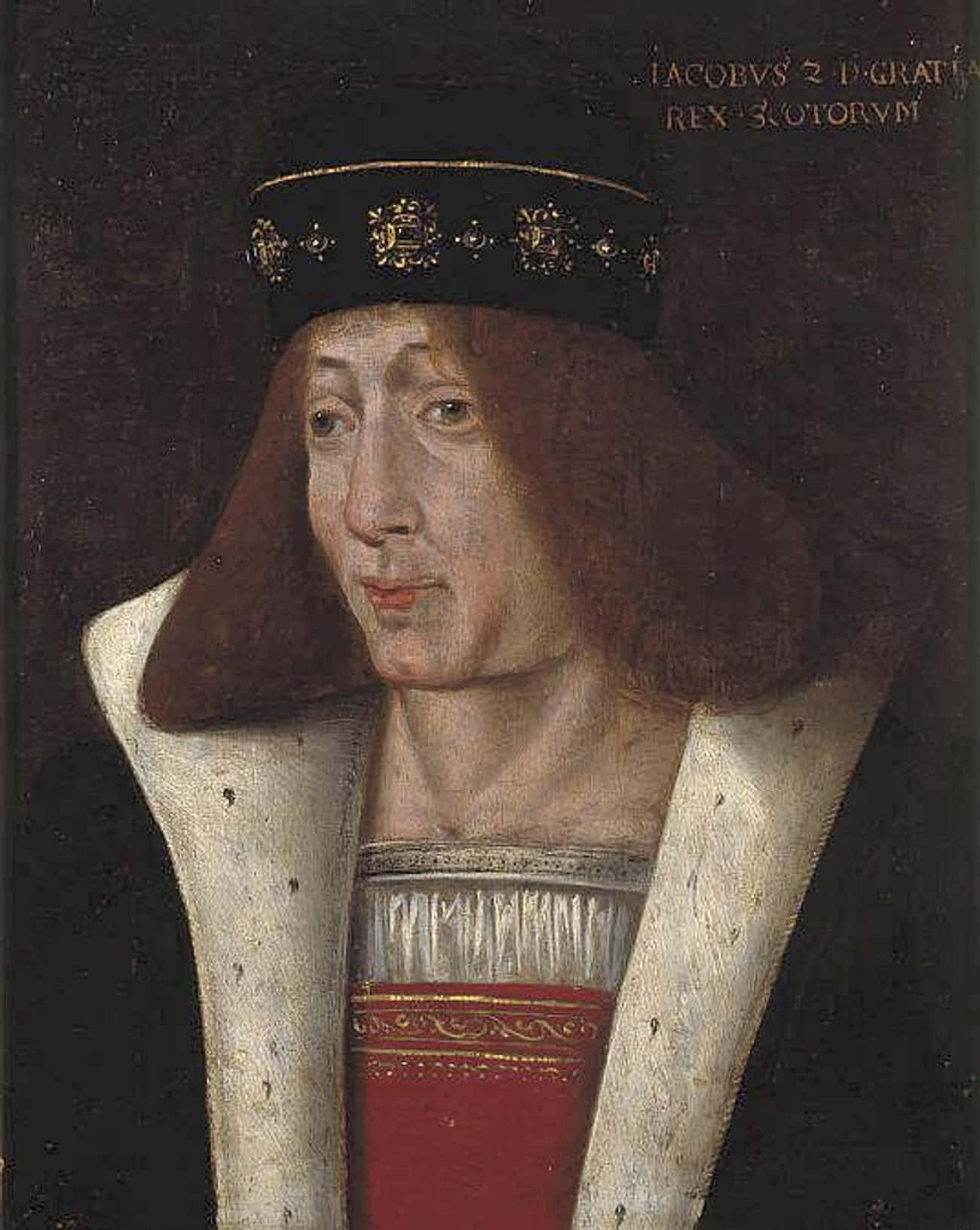Royal families. The idea of a royal family invokes images of glamor, elegance, and grandeur. Our cultures have always wandered what it would be like to be part of a royal household. Living in a castle, having servants wait on you hand and foot. Their lifestyle and fame almost make them feel like living myths; semi-immortal creatures. But the reality is much more boring than that. In fact, paparazzi are constantly trying to reveal their humanness to the world. And they are just that: human.
And throughout history, the royals have hired world-renowned painters to capture their likenesses. And, of course, everybody wants to be seen in the best light. So these portraitists were known to make sure they made their subjects especially appealing in their portraits. Think of these painters as the Snapchat or Instagram filters of the day. Usually, the painting was better than real life. So what does that say about these ugly portraits? Did the painters dislike their subjects? Or was this the flattering painting they gave them? Regardless, we are left with some of the ugliest Royal portraits you can imagine.

ADVERTISEMENT - CONTINUE READING BELOW
King James II of Scotland’s Hilarious Portrait Fail
Honestly, this portrait of King James II of Scotland has limitless potential for art history humor. We almost want to put up a “caption this” contest. Alas, let’s get to the details of this unfortunate-looking monarch. While his portrait is boring and hilariously ugly, James’ life was anything but boring. He began his reign after the downfall and demise of his father, James I. His father was assassinated during a failed coup in 1437 at Blackfriar’s Monastery. James II’s mother, Queen Joan, managed to escape and reached her four-year-old son who was now the King of Scotland. His mother served as Regent until he came of age. Between 1455 and 1460, James II proved to be an active and interventionist king. Ambitious plans to take Orkney, Shetland and the Isle of Man nonetheless did not succeed. The king traveled the country and has been argued to have originated the practice of raising money by giving remissions for serious crimes.
James II enthusiastically promoted modern artillery, which he used with some success against the Black Douglases. His ambitions to increase Scotland’s standing saw him besiege Roxburgh Castle in 1460, one of the last Scottish castles still held by the English after the many struggles. For this siege, James took a large number of cannons imported from Flanders. On 3 August, he was standing near one of these cannons, known as “the Lion”, when it exploded and extinguished his life. Robert Lindsay of Pitscottie stated in his history of James’s reign that “as the King stood near a piece of artillery, his thigh bone was dug in two with a piece of misframed gun that brake in shooting, by which he was stricken to the ground and died hastily.”

